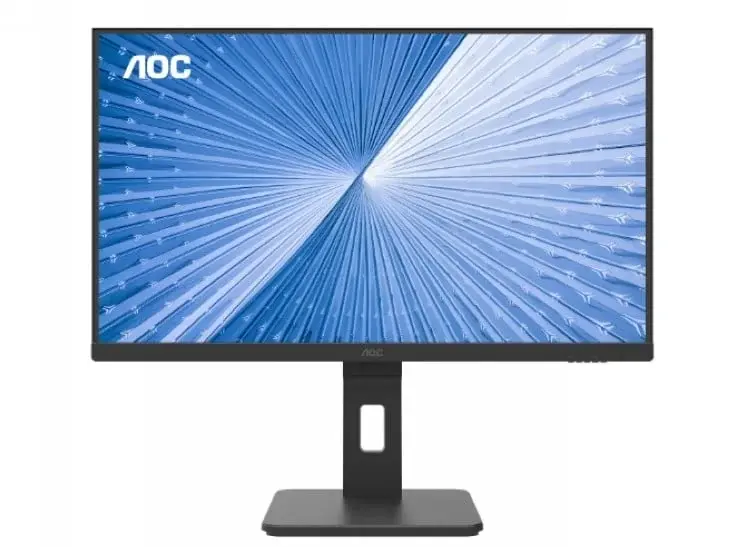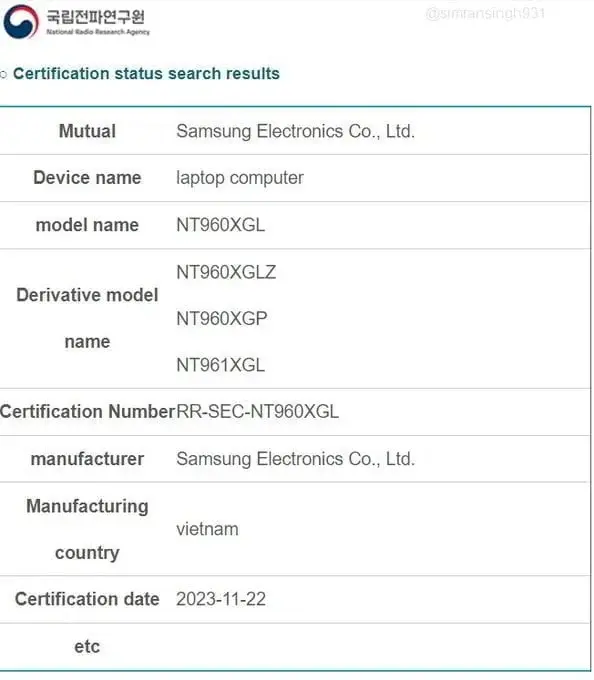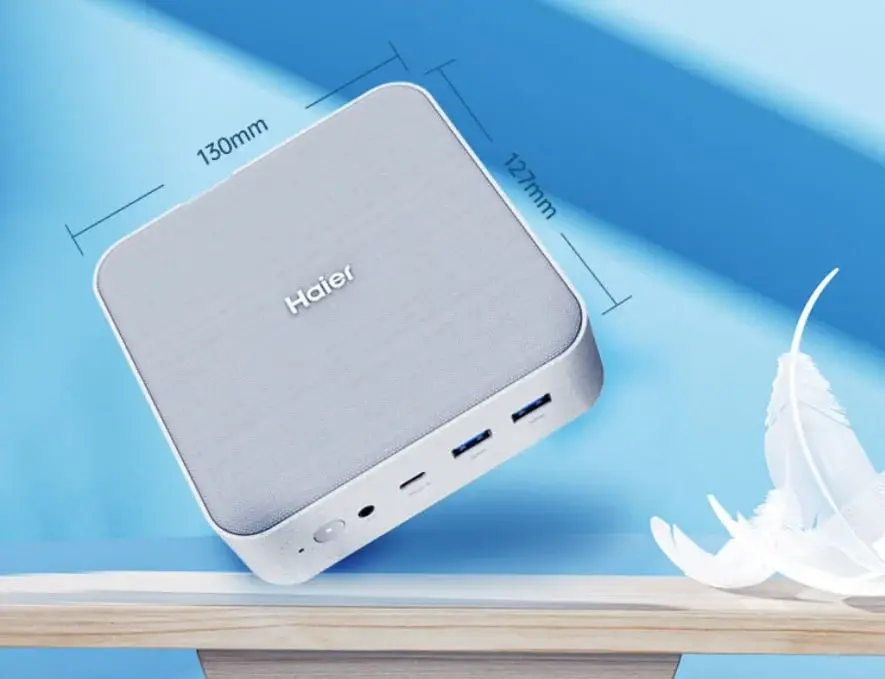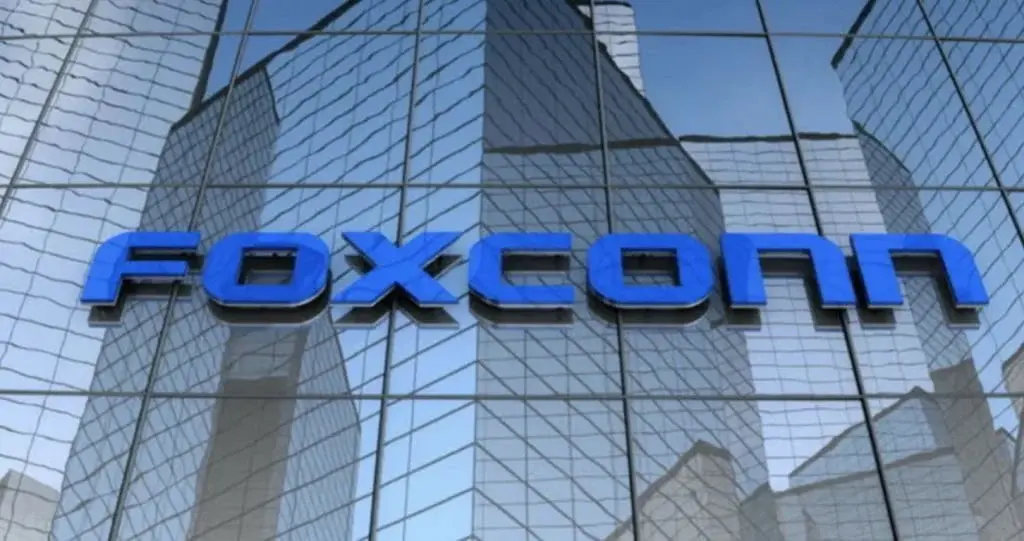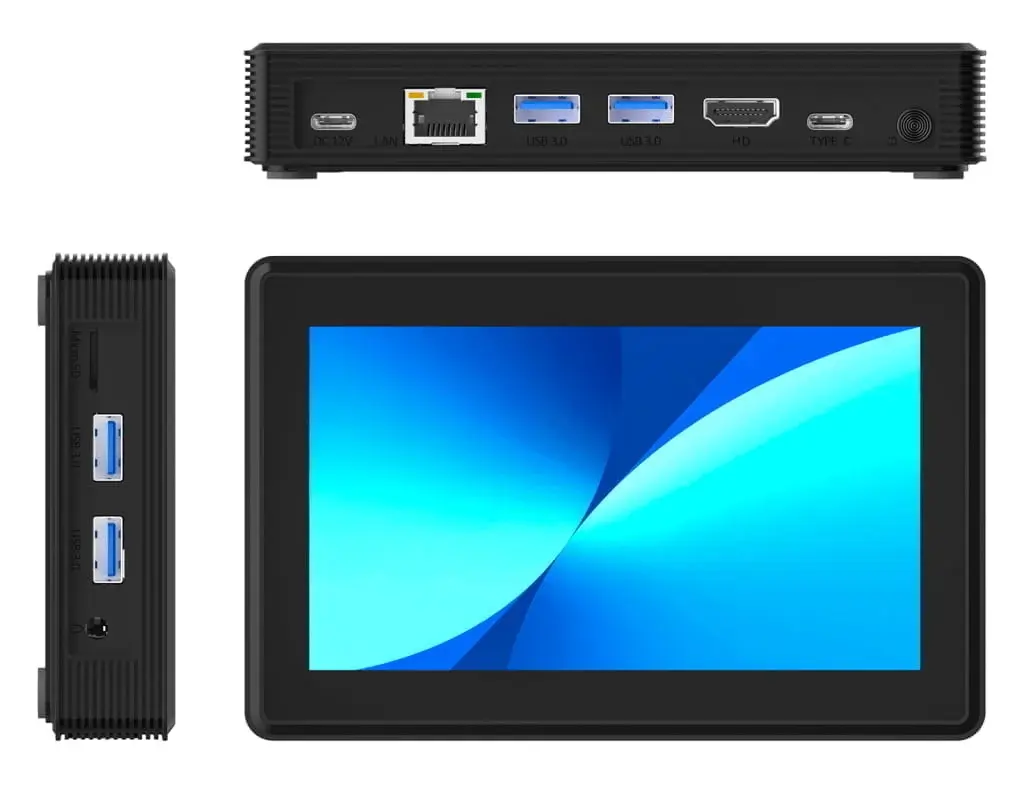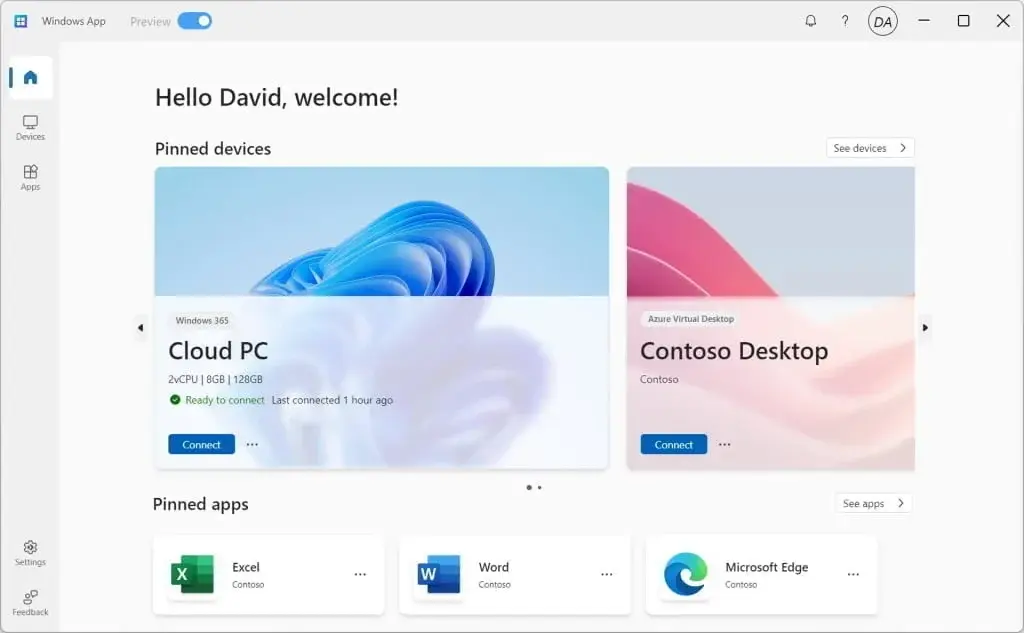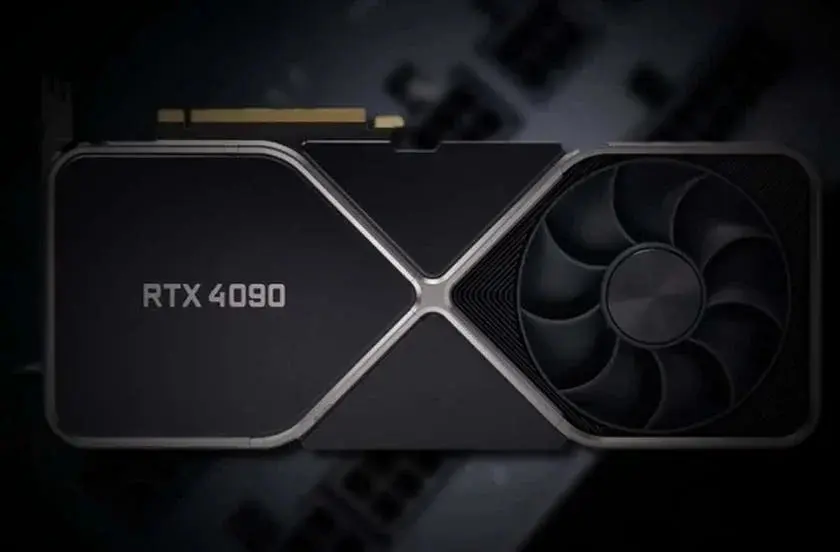AOC U27N10R Monitor Catering to Professionals and Business Users
AOC, renowned for its cost-effective and dependable electronic devices, has revealed the U27N10R monitor, tailored specifically for professionals and office users. Initially launched at a price point of 1599 yuan ($223), this monitor is crafted to meet the needs of those working in professional settings.
Key Features and Specifications
- Boasting a 27-inch 4K IPS display with a resolution of 3840×2160 pixels
- Equipped with a 60Hz refresh rate and HDR 400 support
Impressive Color Precision and Wide Gamut Coverage
- Delivers 100% sRGB and 95% DCI-P3 color gamut coverage
- Features professional color calibration to ensure precise color reproduction
Elegant Design with Diverse Connectivity Options
- Showcasing a contemporary three-sided narrow bezel
- Comes with dual HDMI 2.0 ports, a DP 1.4 port, and dual USB 3.2 Gen1 ports
- Includes a 3.5mm audio jack and a USB-C port supporting 65W power delivery
User-Centric Ergonomic Features
- Offers a stand that is height-adjustable and rotatable
- Incorporates low blue light and flicker-free technology for enhanced eye comfort
Enhanced Productivity with KVM Switch Functionality
- Facilitates easy control of multiple devices through a single monitor, keyboard, and mouse setup
Ordering Information
Interested buyers can acquire the U27N10R monitor in China exclusively through JD.com.

